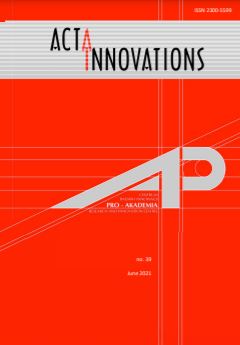SPATIAL PLANNING AND THE DEVELOPMENT OF RENEWABLE ENERGY SOURCES IN POLAND
SPATIAL PLANNING AND THE DEVELOPMENT OF RENEWABLE ENERGY SOURCES IN POLAND
Author(s): Marta SzybaSubject(s): Energy and Environmental Studies, Policy, planning, forecast and speculation, Rural and urban sociology, Economic development
Published by: Centrum Badań i Innowacji Pro-Akademia
Keywords: energy management; environmental protection; methane; municipal and agri-food waste; biogas;
Summary/Abstract: Due to the damage to the environment and climate caused by the generation of electricity in power plants burning fossil fuels, installations generating it from renewable energy sources are constructed. Spatial development plans for communes should consider their location. In Poland, generation of electricity in photovoltaic cells, wind farms and agricultural biogas plants has the greatest development potential. Due to the nuisance to people and the environment, wind turbines and agricultural biogas plants must be located far from residential buildings. Such conditions exist in sparsely populated rural areas. The observed development of single-family housing in rural areas is the result of the search for cheap construction sites and no local spatial development plans in most areas of rural communes. Dispersed housing construction restricts the construction of wind farms and agricultural biogas plants and thus poses a threat to renewable sources of wind and biogas energy produced in agricultural biogas plants. The situation may be changed by the requirement to include in spatial development plans the needs related to the construction of installations generating electricity from renewable energy sources and the construction of micro and small biogas plants directly at the sites where waste is generated.
Journal: Acta Innovations
- Issue Year: 2021
- Issue No: 39
- Page Range: 5-14
- Page Count: 10
- Language: English

